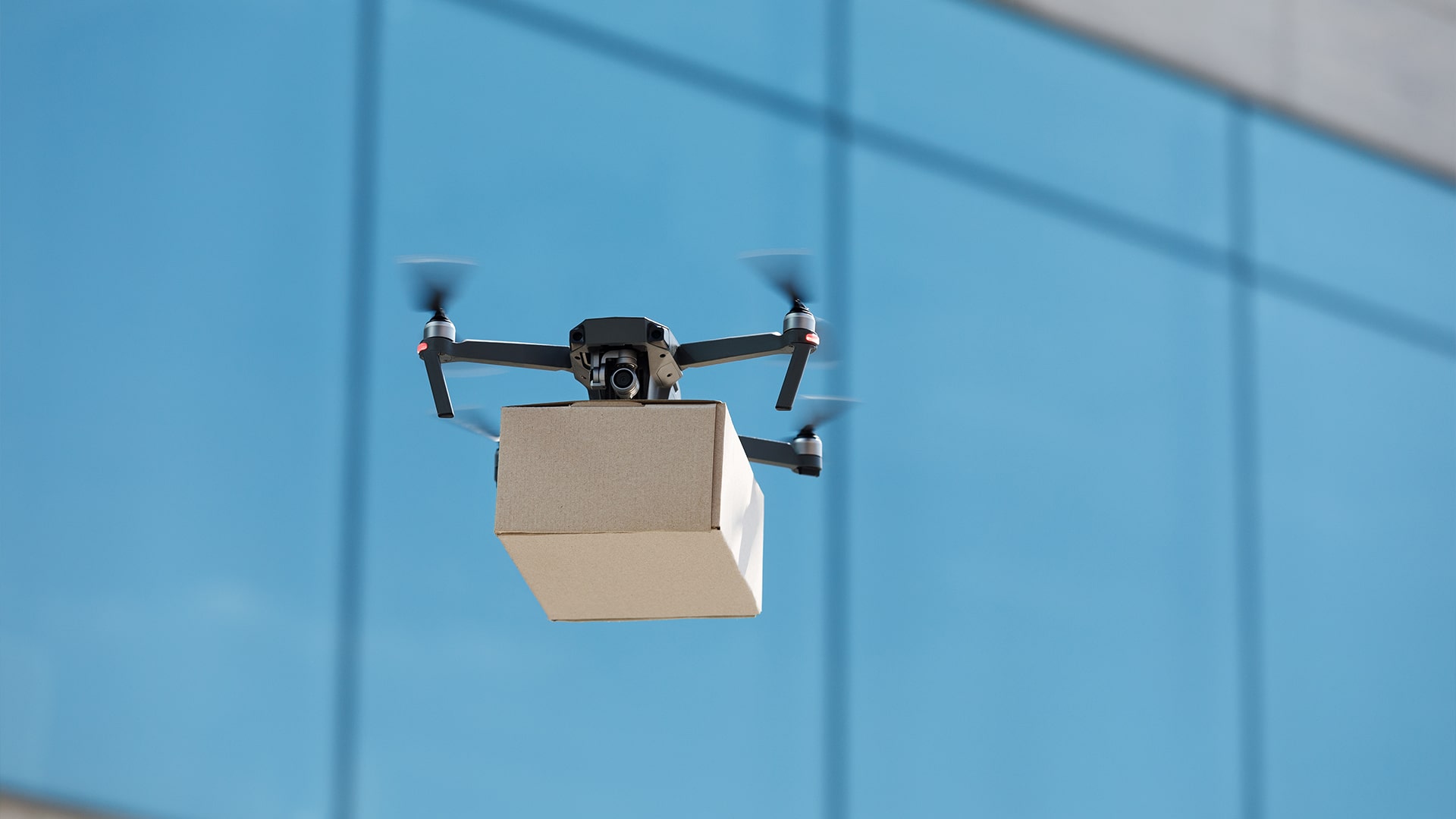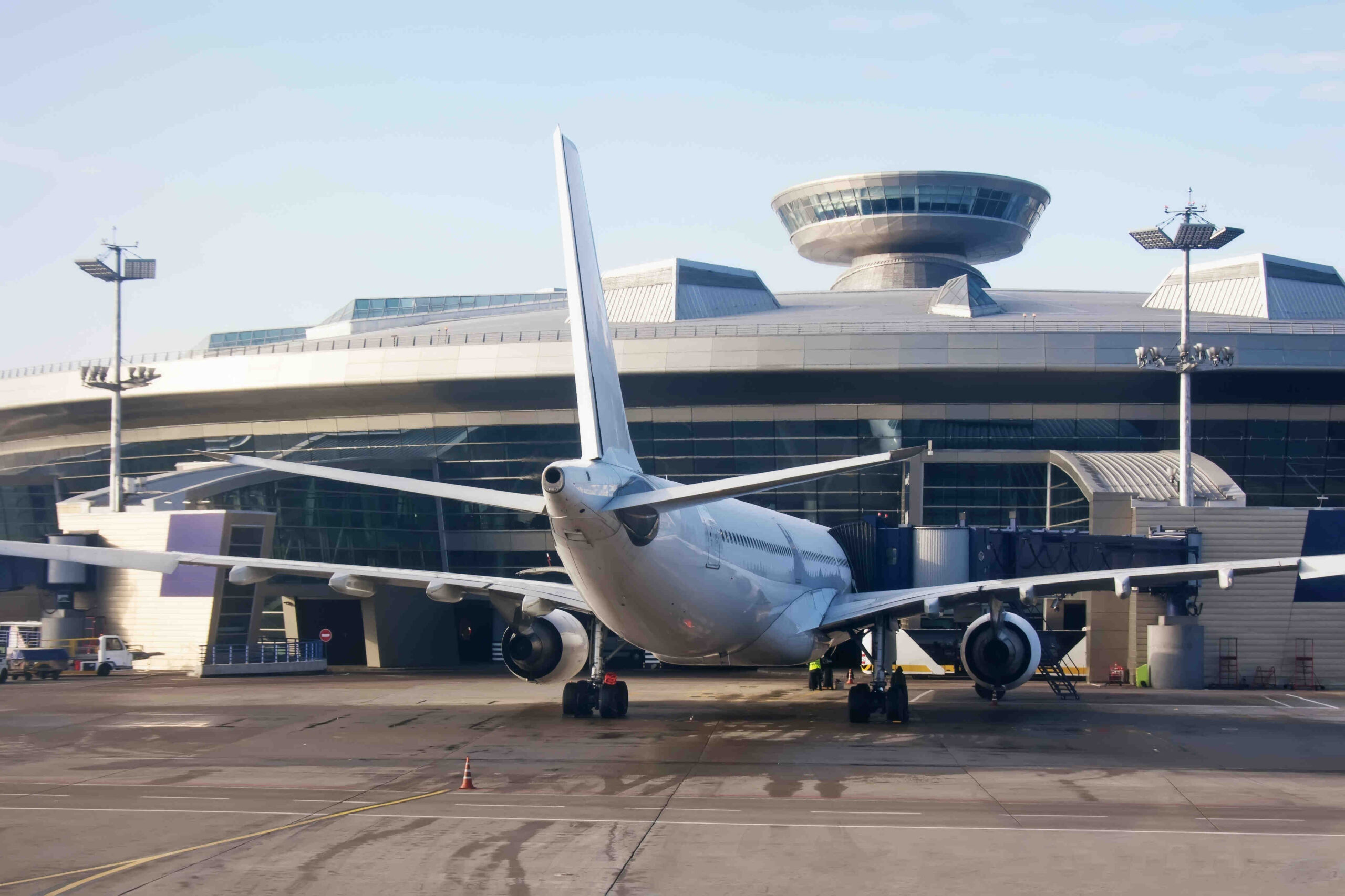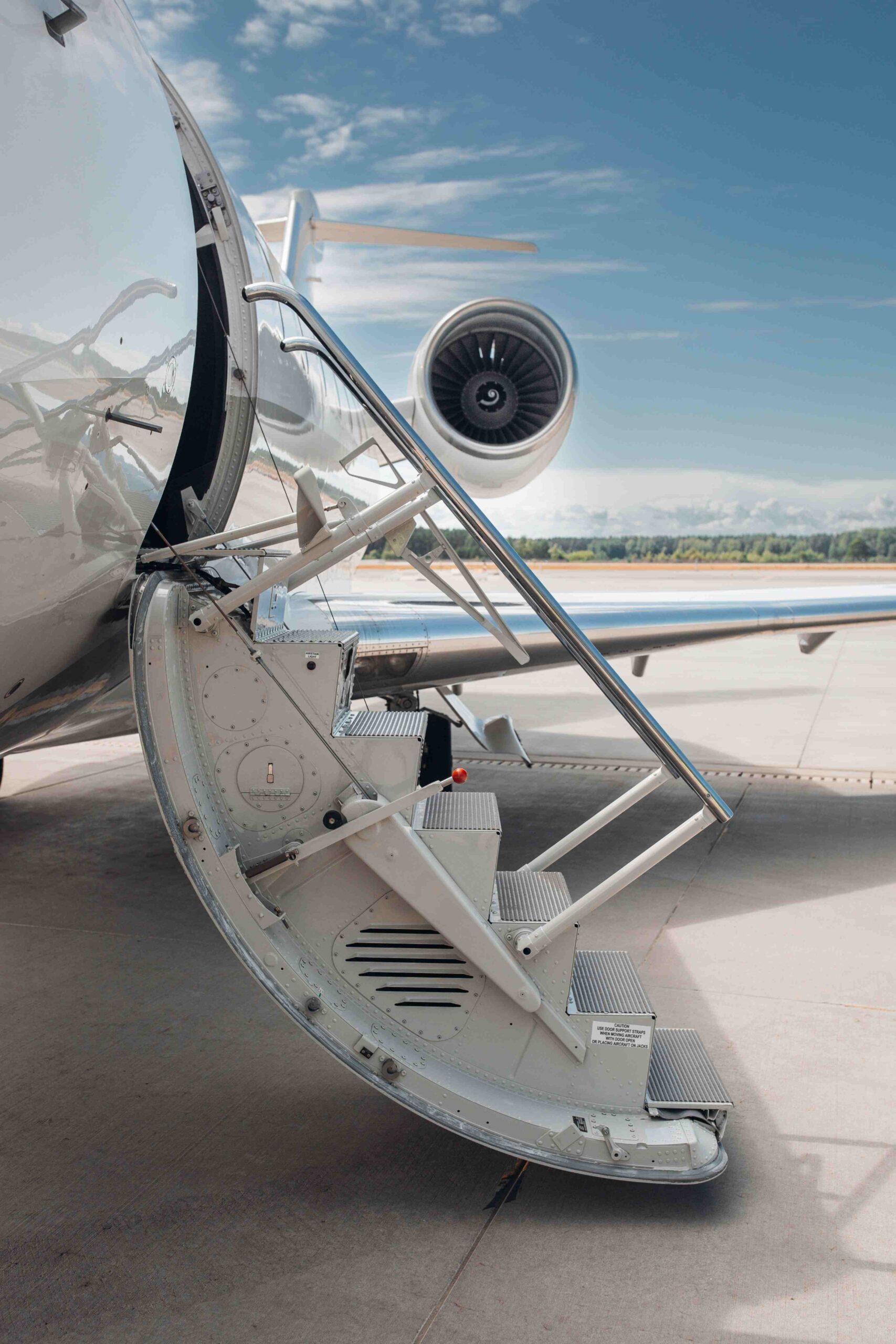1. Introduction
Air transport is widely used in military and civil emergency medicine owing to the speed of action, lack of restrictions characteristic of ground vehicles, and the ability to reach distant, otherwise inaccessible places. However, apart from these undoubted benefits, air transport also has limitations, which include dependence on weather conditions, relatively lower load capacity compared with ground ambulances, and much higher costs than in the case of land transport.
Unmanned aerial vehicles, commonly known as drones, may be an alternative.The 20th century saw the development of unmanned aerial vehicles controlled by radio waves, but it was the turn of the 20th and 21st centuries that resulted in an increased interest in their application for military purposes, mainly as an element of object recognition or antimissile exercises. Work on unmanned aircrafts for direct transport and medical evacuation has started recently. Here, it is worth mentioning, among others, the idea of Black Knight Hummingbird by an American company Advanced Tactics Inc., or ILX-27 developed by the Institute of Aviation in cooperation with Military Aviation Works No. 1 in Lodz, Poland.
These machines, in spite of their relatively small dimensions, are capable of carrying up to 5000 kg of cargo, including people and weaponry. In battlefield conditions, they can effectively replace medevac helicopters in the area of evacuation of the wounded. The aim of the study is to present the real possibilities of using unmanned aerial vehicles in rescue operations through an analysis of examples.
2. World Applications of Drones in Rescue Operations
The opening of the aviation market to the civil use of unmanned aircrafts has started a new era for aviation. Today, anyone can buy a drone which can fly in the range of 5–7 km, up to several hundred meters or even higher. The vision of transporting goods on demand, providing blood in urban areas, or saving sinking people is becoming reality. Amukele et al. analysed the quality of red blood cell units, apheresis platelet units, and unthawed plasma units frozen within 24 hours of collection placed in a cooler attached to the drone and flown for up to 26.5 minutes with ambient temperatures ranged between –1 and 18°C. They revealed that there was no adverse impact of drone transport and no evidence of red blood cell haemolysis; no significant changes in platelet count, pH, and other blood parameters limiting the possibility of using blood products. This study suggested that the drone could be a good option for the transportation of blood products.
Significantly, the rapid development of unmanned aircrafts and their operations is also possible because, contrary to manned aviation, in some countries there were no regulations regarding the design, production, or rules for the use of unmanned aircrafts. However, in many European countries there is a strict legislation in where according to
the class of the drone (which is mainly related to its weight) different restrictions exist. For drones heavier than a certain limit, the operators must acquire an appropriate license before even flying a drone. A flight plan must be also submitted for the heavier ones, while certain flight height/ place restrictions also exist (drones cannot fly near airports, above crowd, etc.). The legal aspects have an impact on development and testing of new technologies and on the use of unmanned aviation on a broader scale.
The United Nations Institute for Training and Research (UNITAR) was one of the pioneers in the use of new technologies in the United Nations. The UNITAR Operational Satellite Applications Programme (UNOSAT) aims to facilitate change in key areas such as people’s security and humanitarian aid. The first use of drones under this programme took place in 2010 in Haiti to analyse the damage caused by earthquake. Drones are also used to monitor large human gatherings. An example was monitoring the Pal´eo Festival in Nyon in 2012 with the use of unmanned aerial vehicles. The applied drones floated in the air over the gathered people for up to 20 minutes; the transmission of the image to the operator allowed for a quick response to threats.
Drones can be used even in cloudy conditions thanks to their low flight altitude, which could be difficult or completely impossible with normal helicopters. Another advantage of drone monitoring is the fact that the recording from the cameras can be played back again, so the video content can be viewed by several people.This minimizes the risk of overlooking important details and is of particular importance. Scientific literature indicates numerous applications of unmanned aerial vehicles during exploration activities. An example is the use of thermal imaging cameras by the Canadian police.The action ended with locating a man in a car wreck in a desert area, thanks to which the rescue services could reach the victim more quickly.
Drones are also used as means of transport. One of the first examples was in 2015, when search and rescue services delivered life jackets to people trapped on rocks in the middle of the Little Androscoggin River in the state of Maine. The water rescue services in Chile and Iran are equipped with drones with a lifebelt, as well as audio and video tools to communicate with the person to be rescued.
Two hospitals in Switzerland started using drones to deliver blood samples and other analysis material.This is the first case of a commercial application of unmanned aerial vehicles for medical purposes, giving hope for saving peoples’ lives faster than nowadays.These drones can carry light loads, of less than 2 kg, and move at speeds of up to 36 km/h; their maximum range is 20 km. In case of a breakdown, the machines are also equipped with parachutes so they can safely fall to the ground surface without destroying the delicate cargo.
The first drone which already performs commercial transportation flights is MD4-100 from a German company MicroDrones, in the fleet of DHL.This unmanned aircraft in the airspace of the German Air Control Service (DFS) transports drugs several times a week between the German island of Juist (North Sea) and Norddeich, a city located in the north of Germany.
The Karolinska Institute in Sweden connected a defibrillator to a drone owned by a fire station in Norrt¨alje, located in rural areas near Stockholm, and then sent it to a place at a distance of 10 km where there were reports of heart attacks in the last 8 years. It turned out that the average time from 18 flights of the drone was 5 minutes and 21 seconds compared with 22 minutes when using an ambulance. An unmanned aerial vehicle with an automatic defibrillator can move at a speed of about 100 km/h, which translates into faster defibrillation and increases the chances of spontaneous circulation return. It is important that the drone communicates with the person in charge of the rescue operation so the automated external defibrillator is delivered as close to the victim as possible.
A study published by Bogle et al. described drone-based AED deployment networks. The authors revealed that all analysed drone networks improved AED delivery time and suggested that they can improve out-of-hospital cardiac arrest survival outcomes.
Currently, work is in progress on the international and regional levels (European Union regulation) to establish common rules on using drones. A new European Union regulation on remotely piloted aircraft systems (RPAS) will enter into force in the coming months. The legislative process that aims at the extension of the European Union competence to include safety regulations in this area is ongoing. On September 11, 2018, the revised basic regulation has entered into force. This might facilitate the movement of drone operators within the European Union.



